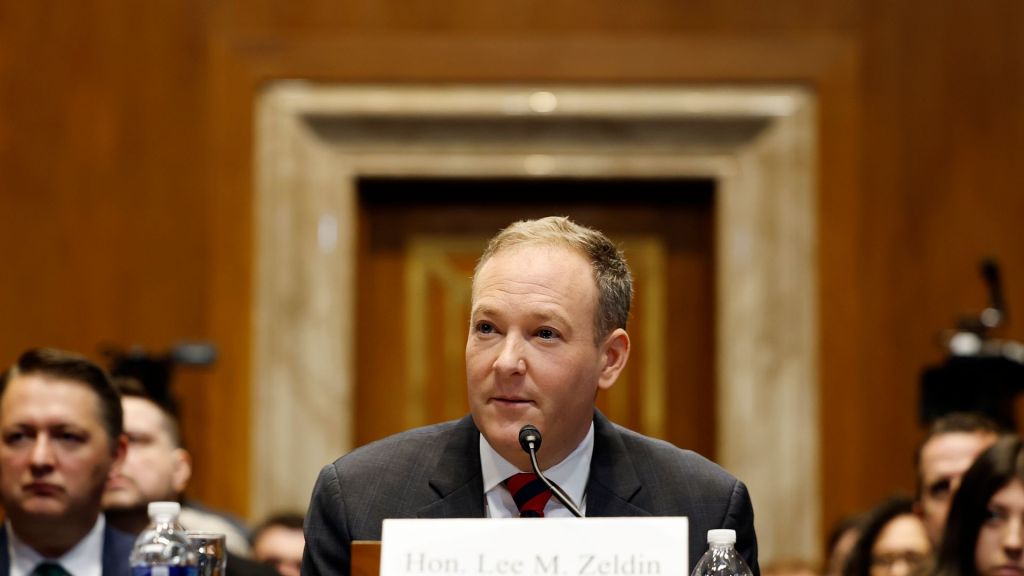
[JACK AYLMER]
A WORLD WHERE ALMOST ALL OUR ELECTRICITY COMES FROM CLEAN POWER SOURCES.
AND IT’S CHEAPER FOR PEOPLE TO USE.
IT’S WITHIN OUR REACH.
THERE’S JUST ONE THING THE U.S. NEEDS TO DO TO MAKE IT HAPPEN.
IF AMERICAN POWER LINES WERE REPLACED WITH ADVANCED CONDUCTORS, IT WOULD ENABLE 90 PERCENT OF POWER TO BE CLEAN BY 2035.
IT’S A PROCESS CALLED RECONDUCTORING.
THIS COULD ALSO REDUCE ELECTRICITY COSTS FOR PEOPLE BY ABOUT 3 TO 4 PERCENT ON AVERAGE.
AND THE AMOUNT OF POWER THAT CAN BE SENT OUT TO AMERICANS WOULD BE QUADRUPLED.
THAT’S ACCORDING TO A STUDY DONE AT THE UNIVERSITY OF CALIFORNIA IN COLLABORATION WITH ENERGY EXPERTS AT GRIDLAB.
THEY FOUND THAT 98 PERCENT OF THE NATION’S TRANSMISSION LINES ARE IDEAL CANDIDATES FOR RECONDUCTORING.
IMPLEMENTING THIS PLAN COULD SAVE AMERICANS A TOTAL OF $85 BILLION ON THEIR ENERGY BILLS COME 2035.
BY 2050, THOSE SAVINGS WOULD JUMP TO $180 BILLION.
ALL WHILE HITTING THE FEDERAL GOVERNMENT’S GOAL OF CREATING A CARBON POLLUTION-FREE POWER SECTOR IN THE MID-2030’S.
BUT THERE IS A MAJOR UPFRONT COST TO THIS.
RECONDUCTORING COSTS ABOUT 20 PERCENT MORE THAN BUILDING NEW TRANSMISSION LINES.
AND DOING IT AT A SCALE LARGE ENOUGH TO SEE THOSE CONSUMER AND ENVIRONMENTAL BENEFITS, WOULD COST AROUND $740 BILLION.
THE UPSIDE IS, RECONDUCTORING DOES TAKE LESS TIME.
BUILDING NEW LINES CAN FIVE TO 15 YEARS TO COMPLETE ON AVERAGE.
REPLACING THEM WITH ADVANCED CONDUCTORS TYPICALLY ONLY TAKES BETWEEN 18 MONTHS AND THREE YEARS.
MEANING EVEN THE MOST TIME CONSUMING RECONDUCTORING PROJECTS CAN STILL TAKE LESS TIME TO FINISH THEN THE FASTEST TRANSMISSION LINE INSTALLMENTS.
SO, ARE THE BENEFITS WORTH THE HUNDREDS OF BILLIONS THAT WOULD NEED TO SPENT TO REALIZE THEM?
THE REPORT’S AUTHORS AT UC BERKELEY AND GRIDLAB SAY SO.
ACCORDING TO THEM, RECONDUCTORING TECHNOLOGY IS READY AND NOW IS THE TIME TO IMPLEMENT IT.








